Here are fascinating facts about Indian Railways, one of the largest and most important transportation networks in the world:
If there’s one thing that truly connects every corner of India—from the snowy peaks of Kashmir to the sunny beaches of Kanyakumari, from the bustling streets of Mumbai to the peaceful villages of Assam—it’s the Indian Railways. Seriously, if India had a bloodstream, it would be these railway tracks pumping people, dreams, food, and chaos across the country 24/7.
Whether you’re a daily commuter, a backpacker on a budget, or just someone who loves staring out the window watching the world roll by, you’ve probably got a railway story or two. So let’s hop aboard and take a journey through the world of Indian Railways. Trust me, it’s one wild ride!
🚆 A Little Bit of History First…
Okay, let’s rewind a bit. Indian Railways didn’t just pop out of nowhere. The first-ever train in India ran on April 16, 1853, between Mumbai (then Bombay) and Thane. It was a humble 34-kilometer ride, but it changed the course of history—literally.
Back then, India was under British rule, and the railways were mainly built to transport goods (and sometimes soldiers). But over time, it became the country’s main mode of transport. Fast forward to today, and Indian Railways is one of the largest and busiest rail networks in the world.
We’re talking about 13,000+ passenger trains daily, connecting over 7,000 stations, and carrying around 23 million passengers every day. That’s like moving the entire population of Australia—daily!
🛤️ The Vibe: Not Just Trains, But Experiences
Taking a train in India is not just about getting from point A to point B. It’s an experience. It’s where:
- Strangers become friends.
- Chai sellers become your morning saviors.
- Window seats are fought over like prized possessions.
- Vendors walk through carriages yelling “Samosa! Chai! Cutlet!” at full volume.
- And you might see a goat, a baby, a college student, and a monk—all in the same compartment.
There’s something magical about it. The rhythm of the tracks, the smell of hot tea in earthen cups, the chaos of railway stations—it’s all part of the charm.
🛏️ Classes on the Train: From Luxury to Legendary
One of the most fascinating things about Indian Railways is the variety of classes it offers. You can travel like royalty or go full desi mode—your choice!
- First Class AC (1A): Private cabins, clean sheets, and air-conditioning. You’ll feel like a maharaja.
- Second Class AC (2A): Comfy berths and curtains for privacy. Nice balance of comfort and cost.
- Third Class AC (3A): More people, but still AC. Popular with middle-class travelers.
- Sleeper Class (SL): The real MVP. No AC, just open windows and an authentic experience. Cheap and always buzzing with life.
- General (Unreserved): No seat guaranteed, but all the stories happen here. It’s crowded, noisy, and unforgettable.
No matter the class, there’s one common element: the railway chai. Spicy, sweet, and served in tiny cups that somehow feel like heaven when the train is chugging along.
🚉 Iconic Trains and Routes
Some Indian trains have straight-up cult status. Here are a few legends of the tracks:
- Rajdhani Express: Superfast and classy. Connects major cities to Delhi.
- Shatabdi Express: Day train, high-speed, great food. Perfect for short trips.
- Duronto Express: No stops. Just GO.
- Konkan Railway Route: One of the most scenic train journeys ever—lush greenery, tunnels, and views for days.
- Darjeeling Himalayan Railway (Toy Train): A UNESCO World Heritage ride through the mountains. Absolutely charming.
Oh, and let’s not forget the Palace on Wheels. It’s basically a five-star hotel on tracks. Think luxury, heritage, and an old-school royal vibe.
🧠 Did You Know?
Let’s throw in some fun facts just to blow your mind:
- Indian Railways is the world’s 4th largest railway network.
- It’s one of the world’s largest employers, with over 1.2 million employees.
- The longest train journey is from Dibrugarh to Kanyakumari, covering over 4,200 km!
- The shortest? Between Nagpur and Ajni—just 3 km.
- The fastest train currently is the Vande Bharat Express, zooming at 180 km/h.
- Some stations have platforms so long they could double as runways—Gorakhpur has the longest platform in the world!
🌍 More Than Just Travel: The Social Side of Railways
The trains of India are more than machines—they’re equalizers. Rich or poor, rural or urban, everyone rides them. They bring people closer, literally and culturally.
You’ll see people share food with strangers, sing songs together, and even help each other with luggage or kids. There’s a sense of community on the rails that’s hard to find anywhere else.
For many Indians, especially in remote towns, the railway is a lifeline—for education, jobs, healthcare, and dreams. It connects villages to cities, memories to the present, and people to opportunity.
🛠️ Challenges on the Tracks
Let’s be honest—it’s not all picture-perfect. Indian Railways has its fair share of challenges:
- Delays are common, especially with passenger trains giving way to goods trains.
- Overcrowding in general class coaches can be intense—like sardines in a can intense.
- Cleanliness can be hit or miss, depending on the train and station.
- Ticket booking during festival seasons? A sport in itself. May the fastest fingers win!
But things are improving. With digital booking, cleaner stations, better catering, and new-age trains, Indian Railways is trying to modernize—while keeping its old-world charm intact.
🚀 The Future: Going High-Speed and Green
Guess what? The bullet train era is on the horizon! The Mumbai-Ahmedabad High-Speed Rail is under construction and will change the game once it’s up and running.
There’s also a push towards:
- Electrification of tracks to reduce dependence on diesel.
- Solar-powered stations.
- Better tech for ticketing, safety, and maintenance.
Basically, Indian Railways is not just moving people anymore—it’s moving with the times.
🎒 Final Stop: Why We Love Indian Railways
Look, you can fly across the country in two hours, but you’ll never get the same experience as spending 24 hours on a train—watching landscapes change, eating home-packed meals from co-passengers, or getting into deep convos with someone you just met.
Indian Railways is messy, magical, maddening, and magnificent. It’s not just a transport system. It’s a mirror of India itself—diverse, unpredictable, full of stories, and full of heart.
So next time you book that ticket, don’t just think of it as a journey. Think of it as an adventure waiting to happen.
All aboard! 🚉💙
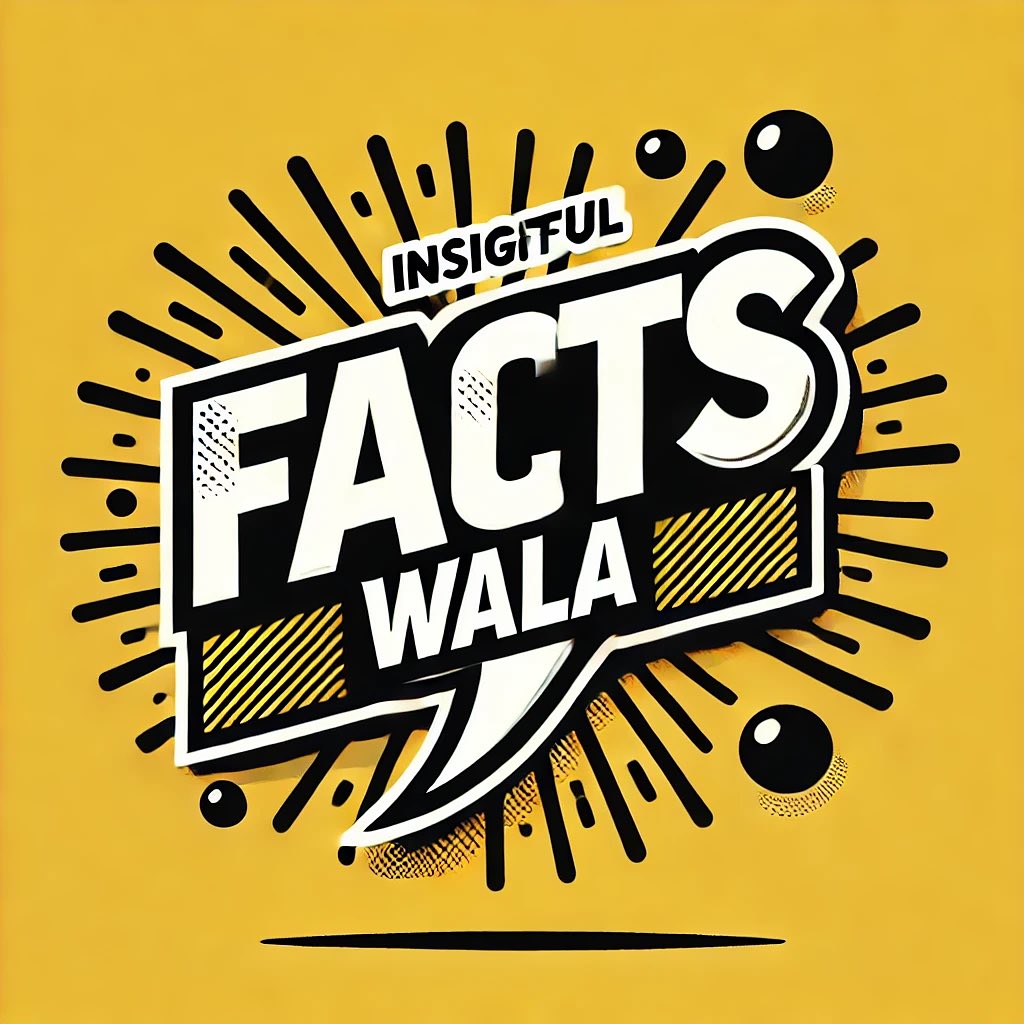
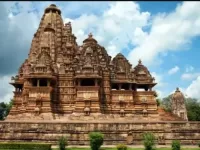



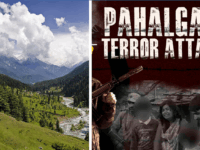
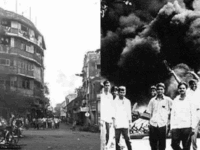




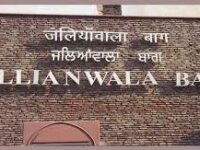

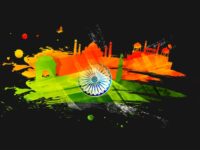
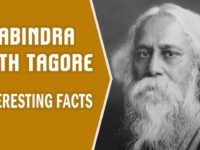
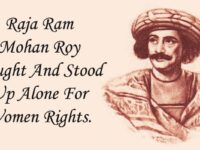





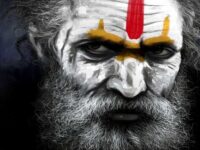







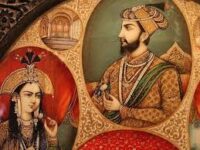
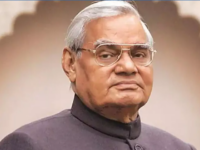




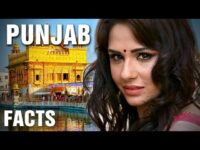


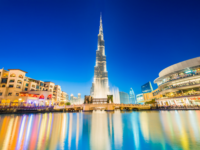

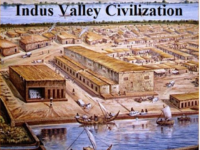









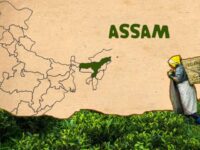

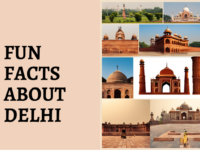

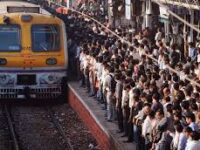

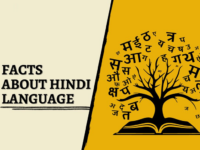
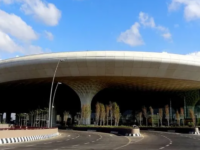



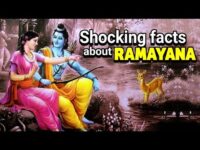
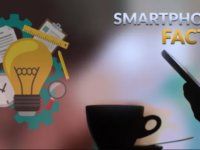


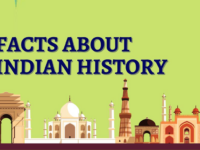

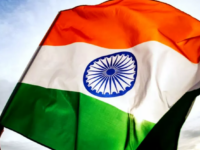


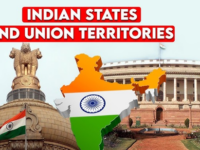

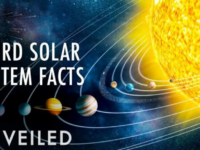
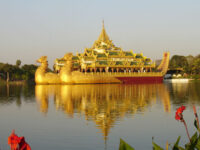



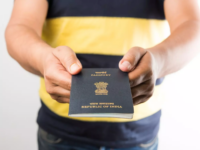

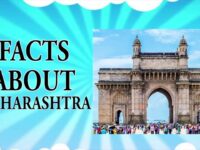
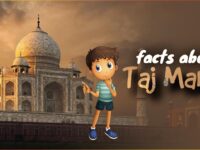




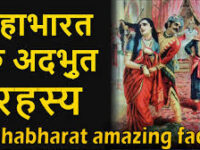
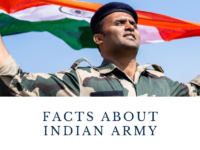
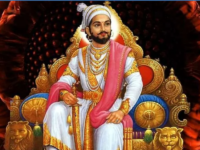






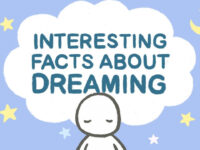




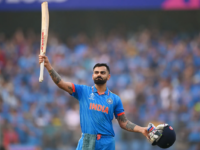


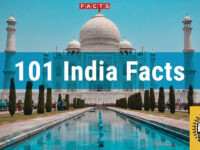

0 Comments